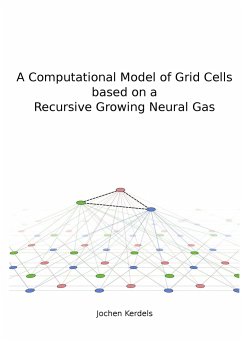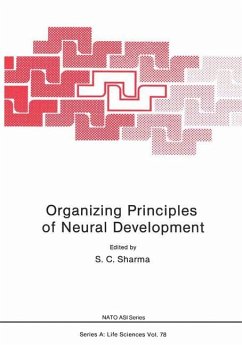The entorhinal cortex of rat contains neurons, called "grid cells", that exhibit a very peculiar behavior. Discovered about a decade ago, the activity of these cells was found to correlate with the allocentric position of the animal by forming a regular, hexagonal lattice of firing fields across the entire environment. Due to this unusual behavior and the proximity of the entorhinal cortex to other brain regions that also contain cells with spatially correlated activity grid cells are commonly recognized as an important elementof a neuronal system for navigation. Existing computational models of grid cells share this view and typically describe the behavior of grid cells as a path integration component of such a system.This work presents a new, complementary computational model of grid cells. In contrast to existing models it does not assume that grid cells are a specialized component of a navigational system. Instead, it assumes that the activity of grid cells reflects a generalprinciple by which neurons in higher order parts of the cortex process information. The proposed model extends the growing neural gas approach by Bernd Fritzke into a recursive algorithm that describes the joint behavior of grid cells in a group as well as the processes within each individual cell. The work demonstrates that the chosen approach is able to model the characteristic behavior of grid cells and other cells, that also exhibit grid cell-like firing patterns but whose activity does not correlate with the animal's location in the environment.








